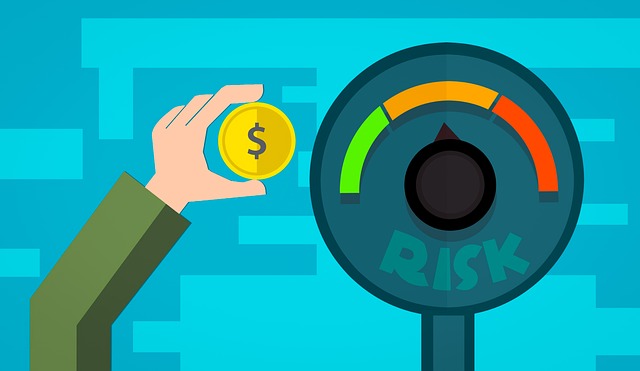As civil engineers, we place a great deal of care ensuring the integrity of the triple constraint, which consists of scope, schedule, and budget. However, design and construction projects, like all projects, must adhere to other project management components, such as stakeholder engagement, resource management, and risk analysis and management. The latter is often just as critical as the triple constraint since uncertainty directly impacts the success or failure of any project. However, we often ignore this part of a civil design project because we are more preoccupied with satisfying the scope requirements, ensuring we meet our deadlines, and staying within budget.
The most common negative risks, or threats, associated with civil design and construction projects are typically associated with scope, budget, and schedule because they can lead to customer dissatisfaction, poor professional performance evaluations, liabilities, and claims. However, threats to a project must be thoroughly vetted out from the start and addressed based on their probability of occurrence, degree of impact, and how to deal with them should they occur. Since risk is uncertainty, and uncertainty is in the future, we have to be adept at pre-planning for something, which may or may not happen; and this is why we must thoroughly analyze risk across the project. For example, what would happen if one or several members of your team were suddenly unavailable due to illness, disciplinary action, or simply because they decided to leave the firm. Would you still be able to finish the work on time, within budget, and based on the acceptance criteria in the scope baseline? Or, even if we try our best to avoid scope creep, what will happen if it occurs on our project and there are no internal or from the client funds to cover the added cost?
The other side of risk (i.e., uncertainty), which is more optimistic, is a positive risk. Positive risks consist of potential opportunities. Sometimes these opportunities are quite clear. For example, whenever we engage a new client, we have the potential of repeat business if we do outstanding work. However, risks are often not identifiable and occur once the project has started.
An excellent example of this is the recent epidemic. Although it is hard to identify the “good” side of the epidemic, there were some positive impacts. For example, working remotely when it became more “acceptable” allowed me to engage more new clients globally, as well as network with colleagues worldwide that led to more interesting work and helped me learn how other engineers were working in different countries and communities.
Unexpected occurrences, which are often called “unknown uncertainties” or “unknown unknowns,” are usually mitigated by additional budget or time, which is logged as “management reserve” and serve to cover those risks that we were unable to identify at the start. If your projects had this reserve incorporated in the budget and schedule when the epidemic started, you would have been able to use it to mitigate whatever impact you were facing.

